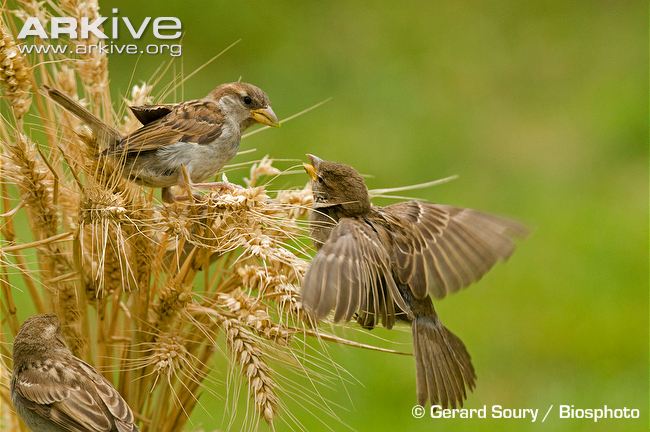If you have been in Bengaluru a good while, you will have fond memories of waking up each morning to the sound of sparrows chirping and see them flutter in and out of their nests as you proceed along your lazy morning. This has been one of the things that has been acting as a connect to nature in the city since time immemorial. Those days are no more though. As per environmentalists, Bengaluru is now losing its sparrow-friendly charm.
The House sparrow or Gubbi(in Kannada) or Passer Domesticus, an integral part of Bengaluru city, is now abandoning its home as the concrete jungle spreads its parasitic claws and engulfs the once-resident of this city. Twenty years ago, the population of sparrows was about 25000 per sq. km. This number dwindled to 600 about 5 years ago and presently stands between 25 and 50 per sq. km.
So, what caused this change to drive these tiny, brown-grey, plump friends with short and stubby tails out of their very own home? Houses in Bengaluru had a central courtyard where grains and water were put out and the buildings contained lots of crevices and parapets to house the sparrow nests. Also, insects were in plenty in the city for the sparrows to feed on. With changing architecture of the houses in the city, our birdie co-residents no longer feel at home in the city. Gone are those spaces, those fruits trees and with them, gone are the sparrows.
March 20, 2013 was celebrated as World House Sparrow Day and this humble member of the passer family was the main focus of a conference held in the city. The aim of this was to reverse the flight of these chirpy sparrows and to make Bengaluru a sparrow-frndly city. A number of campaigns were launched by organizations all over the city to take necessary steps. Posters titled ‘Missing- House Sparrow’ were put up across the city to spread awareness. Sparrow nests were given away free of cost to bird lovers by the BBMP, while many were placed randomly across the city, with posters pasted next to each.
The house sparrow, as the name suggests, resides in peoples houses. They need two basic requisites of water and food. Food must be given in the form of grain. You too can be a part of the ‘Bring back the Sparrow’ campaign by making some minor changes in your house. All you have to do is place some grains, such as millets, in a shallow saucer and fill it with water. Place this on your terrace or any other easily accessible location. Change the water regularly. Do this on a daily basis. They will not come immediately but do not lose heart. Sparrows might take about 6 months to a year to establish their comfort zone but once they do so, they will be regulars. You will find the saucer empty each morning for all you know.
Also, you must keep in mind that sparrows are very sensitive. Having a cat in your house will shoo them away. The bowl in which you keep water must be shallow for the birds to be able to drink from them. Another thing you could do is create a nest with some hay and place it at a suitable location to invite them into your house. You could also consider creating artificial ledges, vents or crevices in your house to place the nests. If your terrace is a spacious one, then you could build a titled roofed pergola and place the nest under the supporting beams.
The House Sparrow, a forgotten resident of the city, is slowly returning to its house. This process will require us to make the city more friendly for smaller creatures and create an ecosystem that is healthy and clean. The process of sparrows leaving the city is a frightening indicator of the extent to which we have brought changes to our hometown. We all have to join hands to bring about minor changes and ‘Bring back the Sparrow’. Are you in to make Bengaluru the ‘Gubbi Goodu’ or ‘Sparrow House’ again?



I reside in a village beyond Doddaballapura town, surrounded by Besant Scout Park and a lot of fields and groves, Daily I enjoy bird songs and have been visited by beautiful pigoens, different kinds of crows and now a lovely little sparrow in different colours yesterday on my kitchen window sill and did not know how to get out!! I want to know what this multi=coloured Gubbi/sparrow may be called. First I thought that it was a baby parrot, but it could have a been small chubby sparrow. Your article confirms my feeling for these beautiful world of birds, that I am surrounded by. Please blog on …
Nalini Persad (mrs)